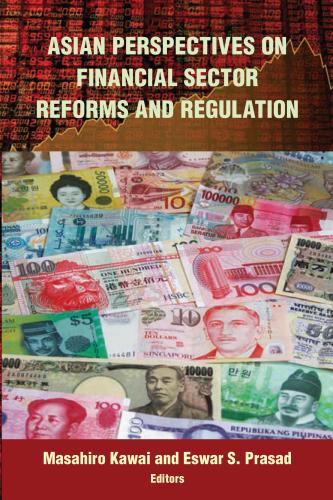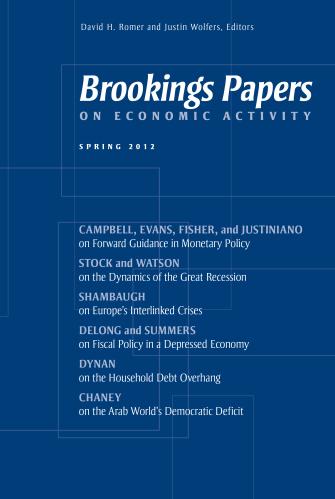Researchers find that “jobless recoveries” are likely in the US future, with each of the three most recent US recessions causing the unemployment rate to stay high for longer and longer durations — increasingly resembling the experience of many West European countries in the 1980s — according to “Amerisclerosis? The Puzzle of Rising US Unemployment Persistence,” by Olivier Coibion of the University of Texas at Austin and Yuriy Gorodnichenko and Dmitri Koustas of the University of California at Berkeley. But the similarities do not end there, the authors find: four other striking characteristics of the European experience have become increasingly pronounced in the US over the course of the last three recessions; rising shares of long-term unemployment; an increasing incidence of disability claims during economic downturns; diminished disinflationary pressures; and low rates of convergence in regional labor markets.
The authors rule out the “usual suspects” or generally accepted reasons for why unemployment has been so prolonged: it was not the financial nature of the shock nor the inability of wages to fall. Neither was it the oft-cited decline in interstate mobility, nor the aging of the population. Contrary to the conventional wisdom, the authors find these two factors, if anything, acted to decrease unemployment persistence.
Instead, they point to two factors as having contributed toward rising unemployment persistence: rapid turns toward contractionary policies after the ends of the recessions as well as a changing American culture toward work, government and society. But neither force can fully account for the rise in US unemployment persistence over time, and both should have been more than offset by the other factors such as mobility and demographics.
These results point to additional, and more powerful, factors underlying why unemployment has remained unusually high following recent shocks than those that many commentators, and economists, have been focusing on. Discovering the underlying causes of the rising duration in unemployment should be a central task for economists and is important to inform policymaking going forward, they point out. For instance, improved monetary and fiscal policy responses could prevent future sclerotic labor market outcomes after recessions, as well as reducing the speed at which initially expansionary fiscal policies are reversed, as was the case in the 2001 and 2007 recessions, they believe.










